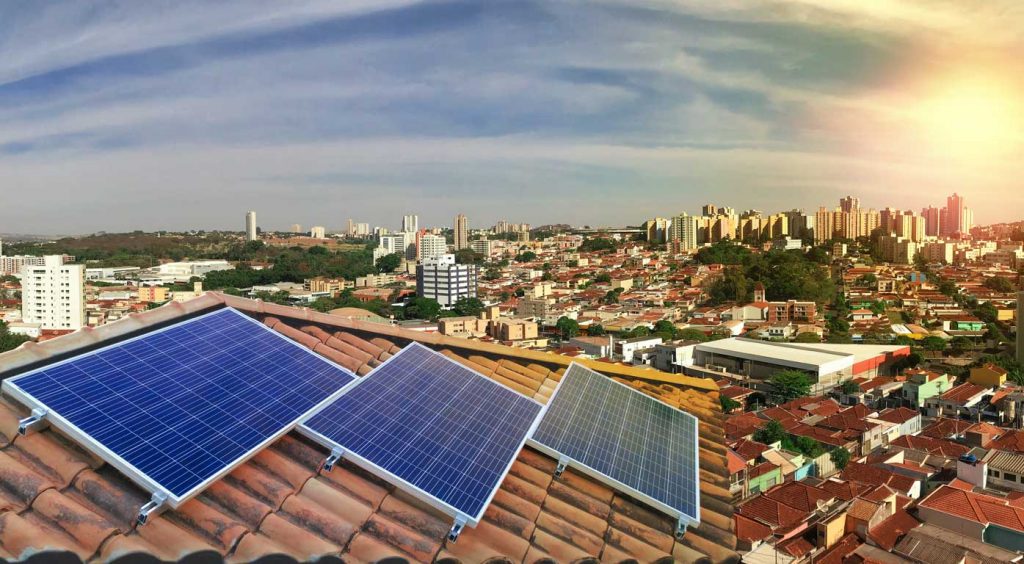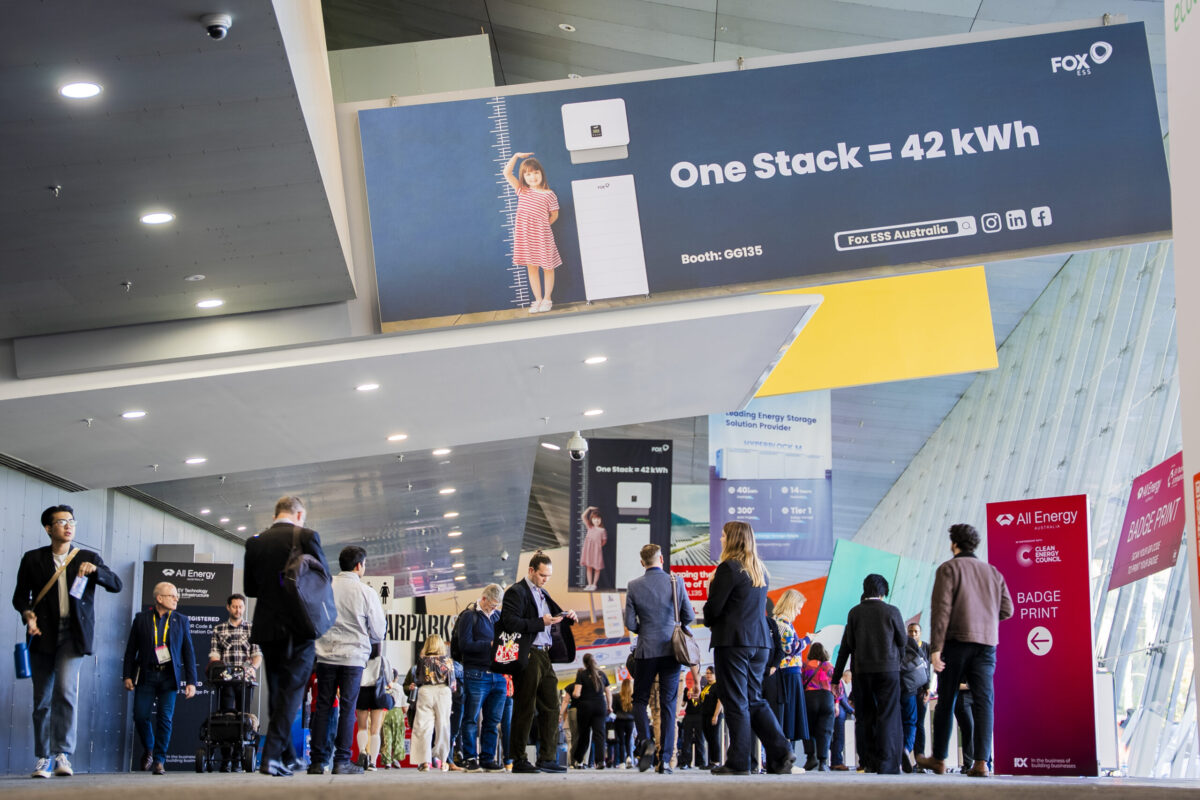This is just part of a package of reforms designed to fully integrate distributed energy resources into the energy market rules for the first time—but it is the part that has grabbed most of the media attention up till now.
There was an overwhelmingly positive response a month ago to the draft reform package from nearly 2,000 respondents to a survey conducted by Newgate Research for Energy Consumers Australia.
This was despite claims that ‘’it’s a tax on the sun!’’ which triggered a rash of alarmist headlines, a wave of fear and anger among solar owners across the country, and a chorus of industry experts expressing their concern about the potential impact on the rate of new installations.
As one of the original rule change proponents, the Total Environment Centre (TEC) understands the concerns of those stakeholders and did some deep thinking. After all, the boom in rooftop solar made possible by the Renewable Energy Target has been the one shining light in the slough of despond that has been climate and energy policy in Australia over the last two decades.
In the end, we decided to continue supporting the rule change – but with some important amendments, which we’ll get to.
Doing nothing was never an option. New solar owners are increasingly being subjected to lower export limits as the grid’s capacity to absorb ever more solar energy shrinks in the middle of the day. And there were increasing calls for people who cannot install solar and batteries not to be forced to subsidise the network needs of those that do.
But is it really a tax on the sun? A tax is “a compulsory contribution to state revenue, levied by the government on workers’ income and business profits, or added to the cost of some goods, services, and transactions.”
Putting aside the fact that solar tariffs would have nothing to do with government revenue, let’s focus on the word compulsory.
This may have been a legitimate concern with the draft rule a few months ago, but TEC and our partner ACOSS recommended a change which thankfully the AEMC has adopted. Now, for at least the next 20 years, no solar owner will be forced onto an export tariff which includes charges or a levy for exports. (The quid pro quo is that instead they may face a static export limit, but that is the current situation anyway.)
The other way it is not a blanket and compulsory levy is that, under the new rules, any distribution network which is considering introducing export tariffs would need to propose a variety of tariff options to its customers in the five yearly revenue determination process, and must also convince the regulator that it has customer support for its preferred options.
Networks would need to offer a choice of tariffs – most likely a basic service for free, or a higher level of service in return for unlimited exports most of the time but a network levy at some times (probably in the middle of sunny days in autumn and spring, when demand is low but solar output is high). That is, solar owners would have the choice of opting in to an export tariff with charges if they think it would be in their interest.
The basic service must include a guaranteed minimal level of export. Networks can no longer impose a zero export limit—something that thousands of solar owners have been forced to accept in recent years. This is another major amendment which TEC and ACOSS proposed, and which the AEMC has adopted in the final rule.
The flip side of networks charging to export at some times is that they would need to reward exports at other times – probably during the evening demand peak. Battery owners are the obvious, but not the only, winners here. Solar owners could also make money out of it if they can run more appliances during the day, face their panels east or west instead of north, or charge an electric car when the sun is shining.
Networks could only introduce export tariffs for some customers if they could prove that any money they want to spend on new infrastructure to accommodate more solar and battery exports would not also benefit other consumers who don’t have this gear (this is called the “net market benefit test”). If it does benefit everyone, they can recover the costs from everyone. Historically, this has been the case, but in future it is less certain.
The third major change between the draft and the final rules is the timing of implementation. Networks can begin to introduce export tariffs on a gradual basis beginning in 2025, so nothing will change before then. Guaranteed free options will apply up until 2041—long after any system installed recently or in the near future would have paid for itself.
Everyone who wants to will get a chance to have a say in the detailed tariff designs over the next few years. The result will be that solar on household roofs, along with batteries and electric cars, will be better integrated into our future energy needs.
It’s voluntary. You can make money from it. And you (or groups advocating on your behalf) need to support the fine print for it to happen.
Does this still sound like a big, bad, tax on the sun?
–
Mark Byrne is Energy market advocate and Jeff Angel is Director at the Total Environment Centre
The views and opinions expressed in this article are the author’s own, and do not necessarily reflect those held by pv magazine.
This content is protected by copyright and may not be reused. If you want to cooperate with us and would like to reuse some of our content, please contact: editors@pv-magazine.com.



I feel a minimum amount FIT should remain at the 6-8c mark / KWHr and have no feed in restrictions.
What distributors and retailers could do is begin a process of storing this extra energy in various forms.
1. Battery deployment.
2.Flywheel technology
3. Kinetic energy – like cement block lifting
The offset for the above mentioned network concerns are that they only have to deal with network upkeep / gradual expansion and energy storage.
They no longer need to develop as much production- especially if they reward customers for energy production which distributors do not have to maintain upkeep and ongoing running costs.